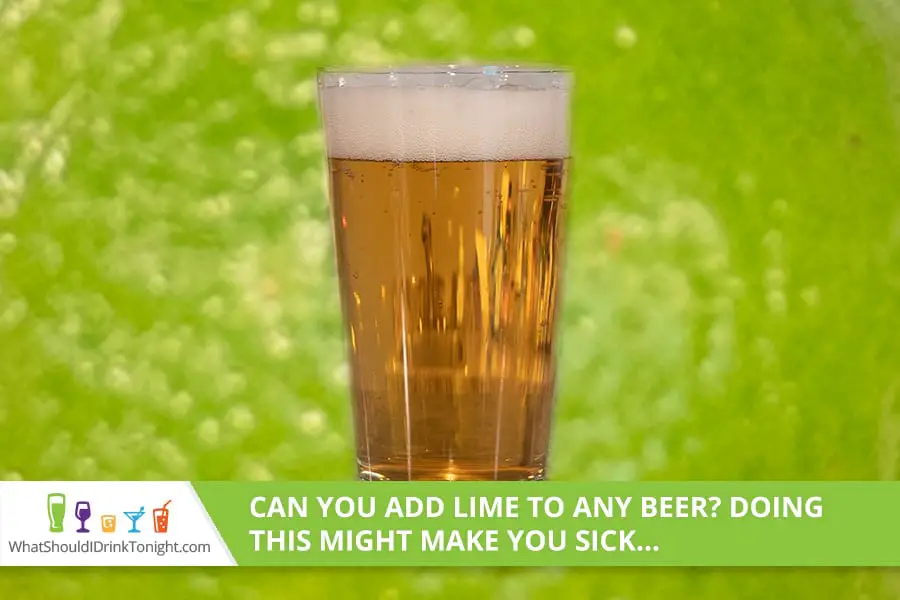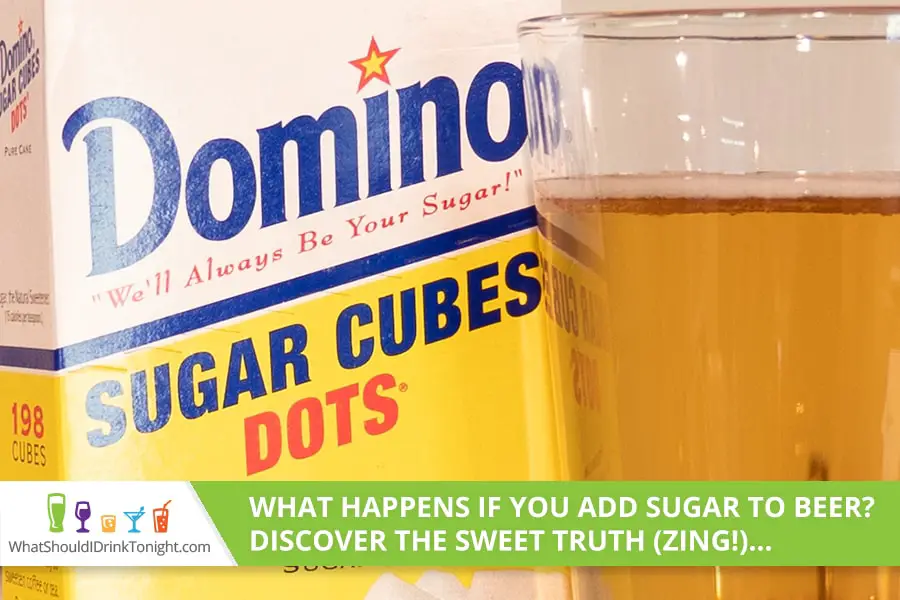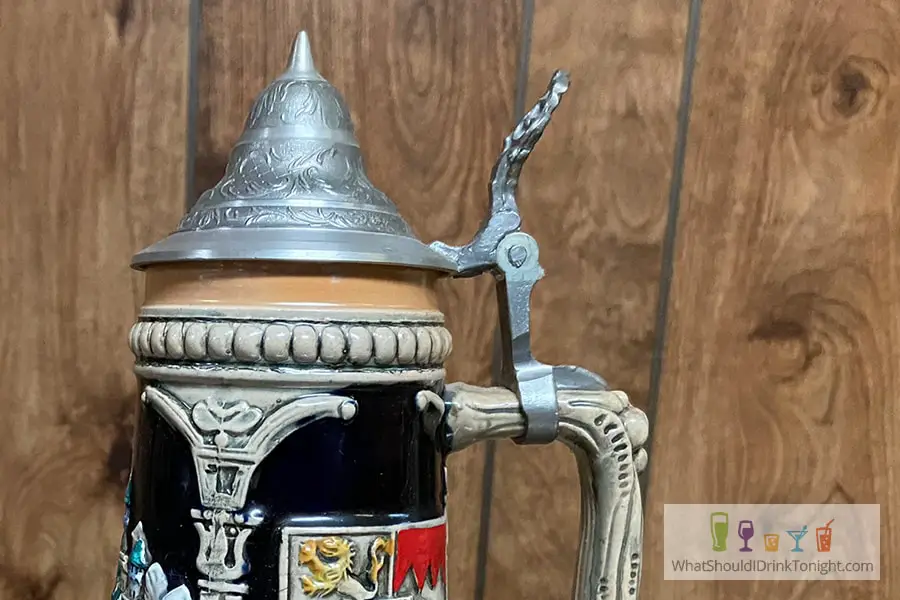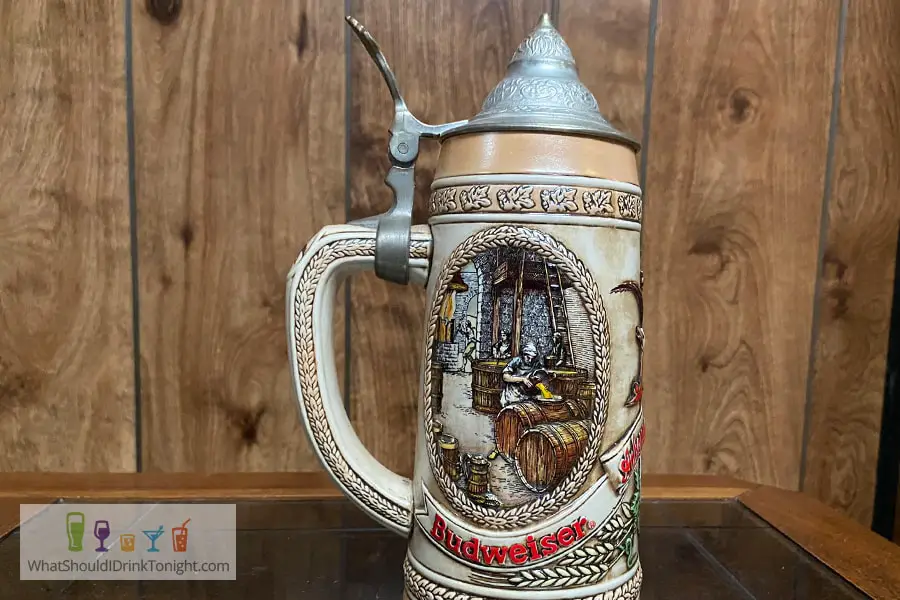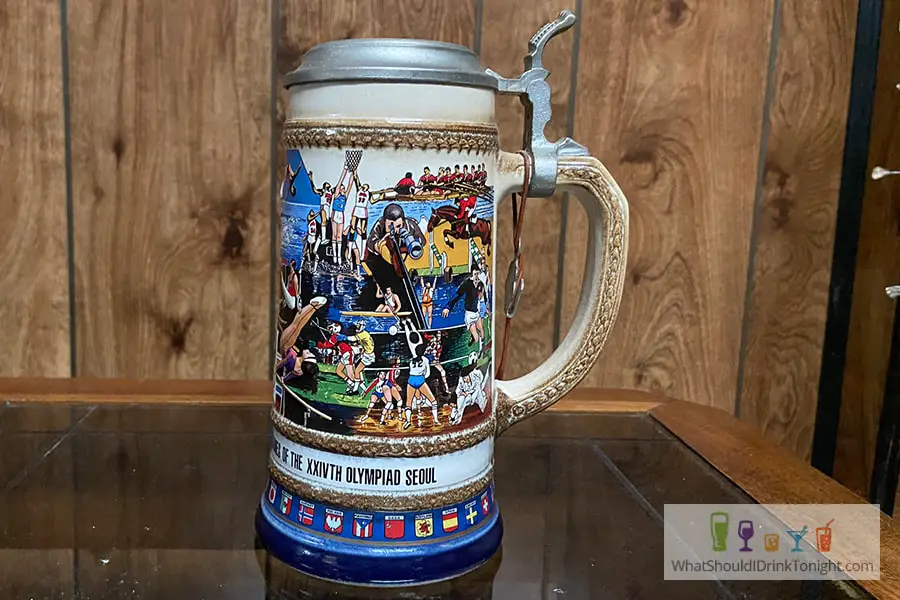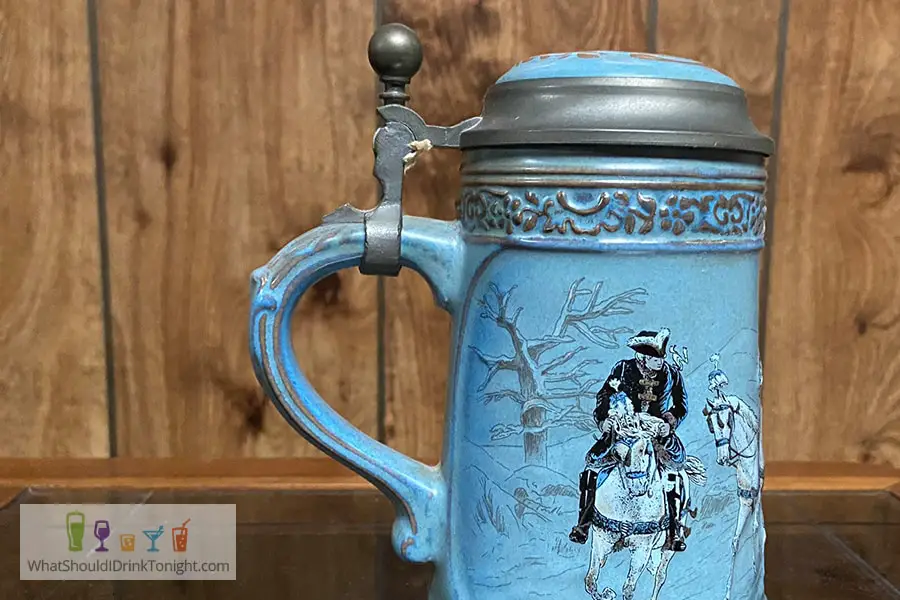Many men have probably been made fun of when they order a Long Island Iced Tea by their buddies because people think it’s kind of girly and doesn’t pack a punch. The thing is, it’s probably at least twice as strong as whatever cocktail that they ordered. The name just doesn’t sound as masculine as say a Manhattan or an Old Fashioned.
So is a Long Island Iced Tea Girly? The short answer is no. While it is sweet which might make it appeal to certain members of the fairer sex, it also contains a lethal dose of many different liquors, making it quite potent, which could just as easily make it appealing to men as well.
Keep reading for tons more information on this wonderful boozy delight, including the ingredients comprise a Long Island Iced Tea as well as the recipe, history and even some fun facts about this wonderful, and gender neutral cocktail.
History of The Long Island Iced Tea
Before we go any further, let’s find out the two different tales of how this delicious concoction came to be. It’s up to you to decide which one to believe.
Let’s start with the earliest story. In the roaring 20’s (and during Prohibition) a native of a Kingsport, Tennessee community referred to as Long Island came up with a devilishly tasty though dangerously effective cocktail called the “Old Man Bishop”. His name…wait for it…Old Man Bishop. The humility on this one. Combining equal parts tequila, gin, vodka, rum, whiskey and maple syrup, it sounds a bit like Old Man Bishop just decided to combine whatever was behind the bar in one glass just to see what it tasted like. Turns out it wasn’t half bad.
Apparently he handed down his famous recipe to his son Ransom, who made some slight changes to it, making it very similar to the version widely served around the world to this very day.
The second telling takes place in 1970’s New York and involves a man named Robert “Rosebud” Butt. A bartender at the Oak Beach Inn, it is said that Butt created this drink as an entry into a local cocktail crafting contest. His version replaced rum with triple sec. According to Butt: “My concoction was an immediate hit and quickly became the house drink at the Oak Beach Inn. By the mid-1970s, very bar on Long Island was serving up this innocent-looking cocktail, and by the 1980s it was known the world over.”
While no one knows the exact history of the Long Island Iced Tea, nobody in their right mind can deny its potency.
Now that you know where it came from, let’s find out how to make one!
What are the Ingredients in a Long Island Iced Tea?
There are actually a fair amount of liquids that comprise a typical Long Island Iced Tea. Let’s look at them in a bit more detail:
Gin
The types of gin used in this recipe can vary widely as it is one of the most broad categories of liquors. Common store bought brands include Beefeater, Bombay Sapphire, Hendrick’s, and Seagram’s.
Rum
Typically a white rum is used although some variations allow for a darker version of this tropical liquor. Common, inexpensive white rums that are readily available include Captain Morgan’s, Bacardi, and Malibu.
Tequila
This ingredient is totally up to the maker’s preference. Light or dark tequilas work equally well in a Long Island Iced Tea. Some great tasting versions of Mexico’s finest are Jose Cuervo, Don Julio, Patron, and 1800.
Vodka
Any vodka can technically be used depending on how bad of a hangover you can tolerate. Some moderately priced brands include Absolut, Ketel One, and Tito’s. If you’re pouring a top shelf Long Island, grab some Grey Goose or Belvedere.
Triple Sec or Sour Mix
The type of triple sec or sour mix you choose will not make or break this cocktail. Anything decent you can find at the supermarket will be more than fine.
Lemon Juice
Grab three or four fresh lemons from your local market and start squeezing. If you just don’t want to go the extra mile, go ahead and buy a small container of lemon juice. It won’t taste quite as good but it should suffice.
Cola
A splash of whatever cola is on hand is administered once everything else has been poured into the highball glass. This gives it that slightly darker look on top.
How To Make A Long Island Iced Tea
Once you acquire all the necessary ingredients, and there are a fair amount, making a Long Island Iced Tea is actually quite simple. Just follow these easy steps and you’ll be enjoying one in no time!
Time to make 5 minutes
Serving Size 1
1. Fill a cocktail shaker with ice.
2. Pour 1/2 fluid ounces of gin, rum, tequila, vodka, triple sec and sour mix into the cocktail shaker.
3. Cover and then shake.
4. Pour into a Highball or Collins glass.
5. Add a splash of cola for color.
6. Garnish with a fresh lemon slice.
There you have it, a beautiful and boozy delight!
Nutritional Facts
Calories 256
Total Fat 0.2g
Total Carbohydrates 13g
Sugars 11g
Characteristics of a Long Island Iced Tea
Here are a few of the main characteristics that set the Long Island Iced Tea apart
What Does a Long Island Iced Tea Taste Like?
In short, very boozy. Because of all the different liquors present, you can’t really taste one more than another. It is very apparent even after just one sip that the Long Island Iced Tea has a very high alcohol content.
Most people are able to taste the triple sec or sour mix though, due to their slightly acidic, citrusy taste.
What Does A Long Island Iced Tea Look Like?
A proper Long Island Iced Tea is usually poured into a highball glass with several cubes of ice in it. The color of the concoction is normally a light brownish hue from the mixing of the cola to the many different clear liquors. It is sometimes lighter on the top than the bottom if the bartender was feeling charitable and finished the pour off with one last little bit of vodka.
When To Drink A Long Island Iced Tea?
While you can drink a Long Island Iced Tea year round, we find them most pleasing during the summer months or in warmer climates. Due to their boozy nature it is usually best to imbibe them slowly as they could easily make a person tipsy after one or two strong pours.
They are perfect if you are having a light dinner such as a Cobb salad or are just grilling up burgers or chicken out back with some friends.
That is not to say you can’t enjoy them in colder climates though, as they will definitely warm your insides up after just a couple sips!
Tip: If you are prone to heartburn or have acid reflux disease you might want to limit your intake due to the presence of the sour mix. Of course, you could always just do away with the sour mix altogether to allow yourself the enjoyment of this wonderful cocktail.
Drinks Similar to the Long Island Iced Tea
- East Hamptons Iced Tea: Swap cola for cola syrup and add a bit of saline.
- Electric Iced Tea: Blue curaçao instead of triple sec and use lemon lime soda in place of cola to give it a bright blue hue.
- Fog Cutter: Rum, gin, cognac, sherry, orange and lemon juices.
- Hawaiian Iced Tea: Pineapple juice instead of cola.
- Long Beach Iced Tea: Substitute some cola for cranberry juice for a west coast delight.
- Purple Rain: Replace the triple sec with Chambord and then add lemon lime soda in place of cola for a very jazzy raspberry drink.
- Texas Tea: Add another 1/2 ounce of bourbon if the five liquors already in your glass aren’t enough to get the job done.
- Zombie: Three types of rum and some Absinthe give this drink more alcohol than a Long Island Iced Tea. Add some lime juice, grenadine and bitters and you have quite a potent delight.
- Royal Long Island Iced Tea: Double each of the ingredients, yes, all eight of them, and find a bigger glass while you’re at it. Have fun!

